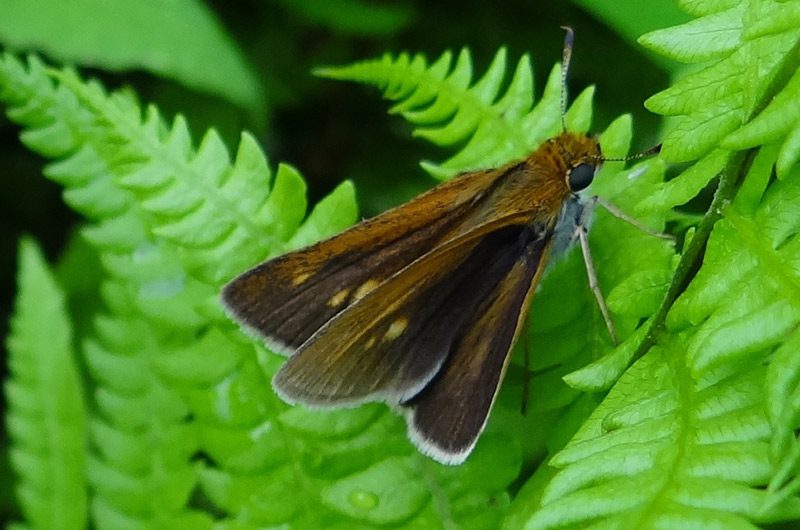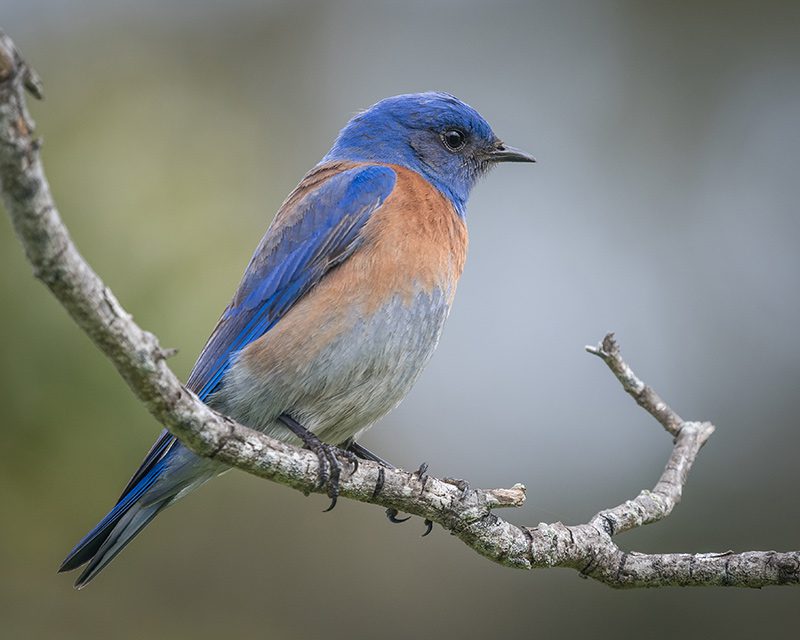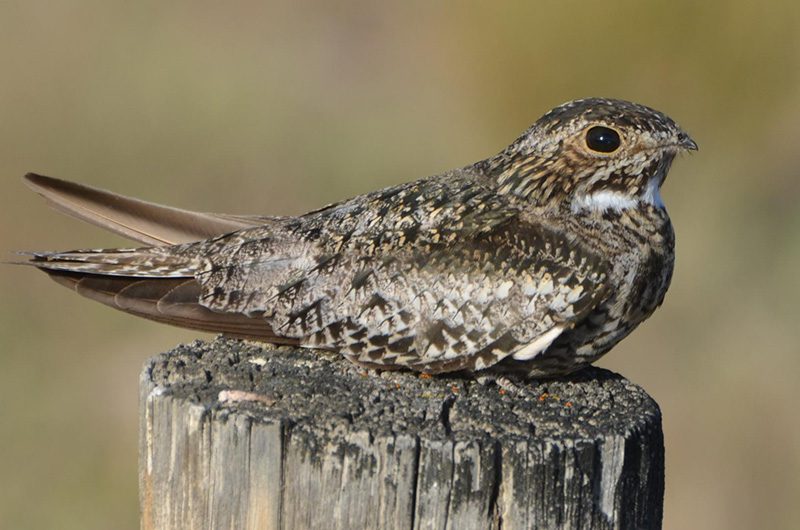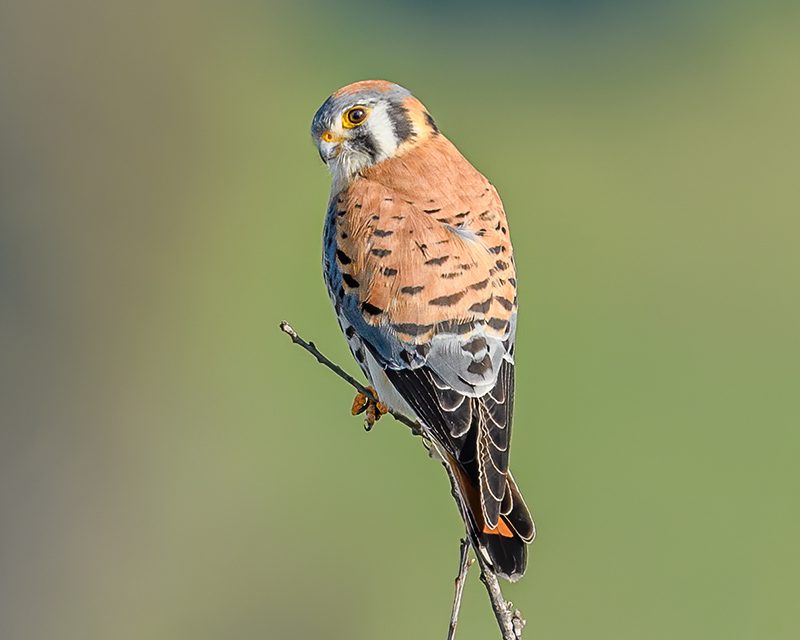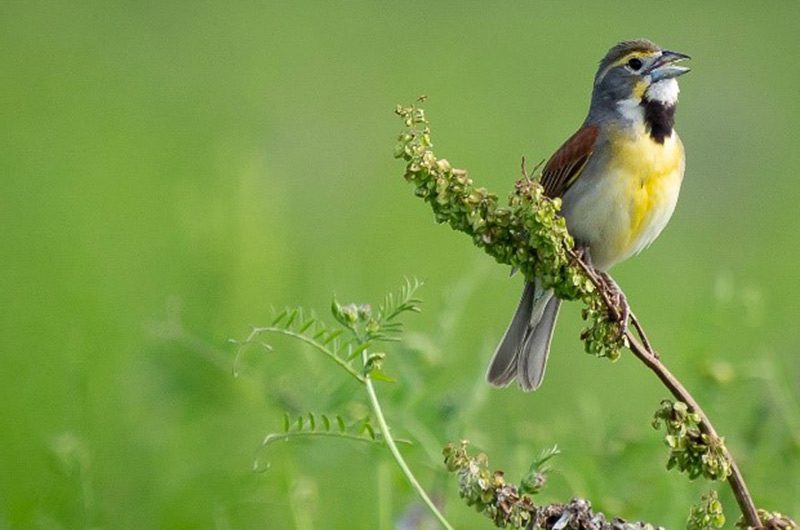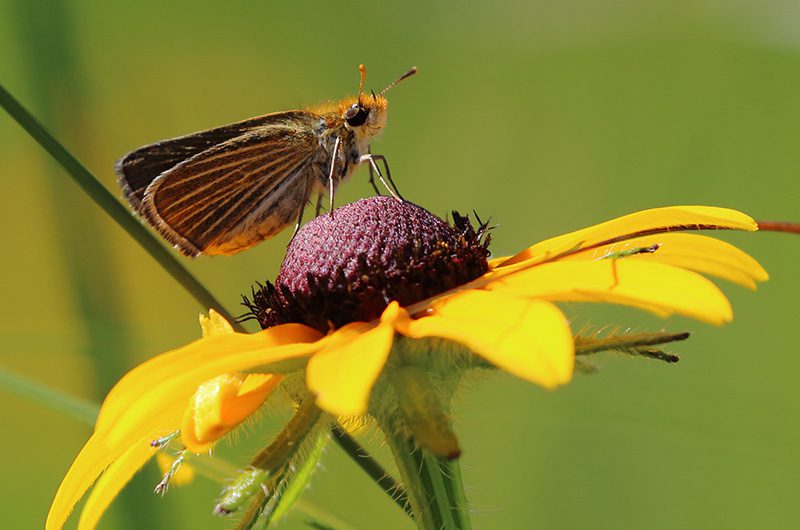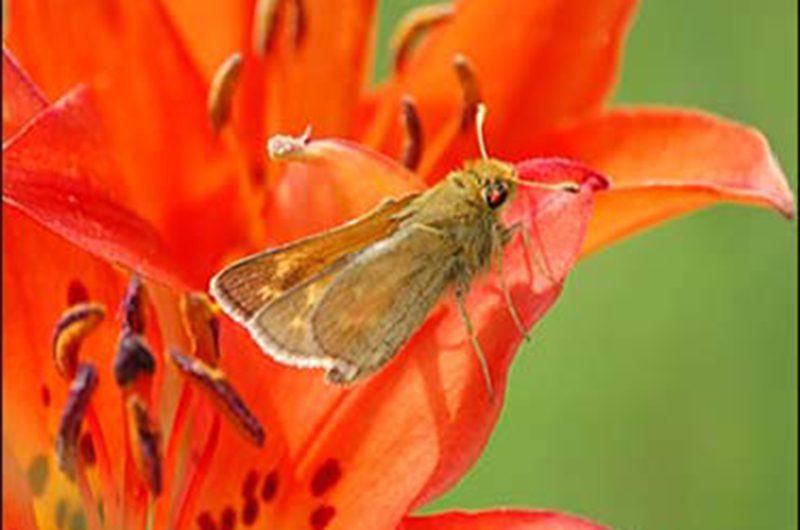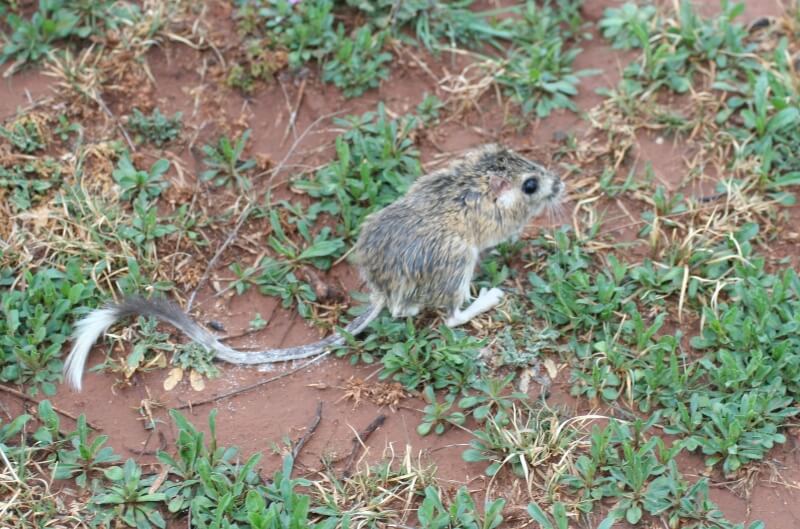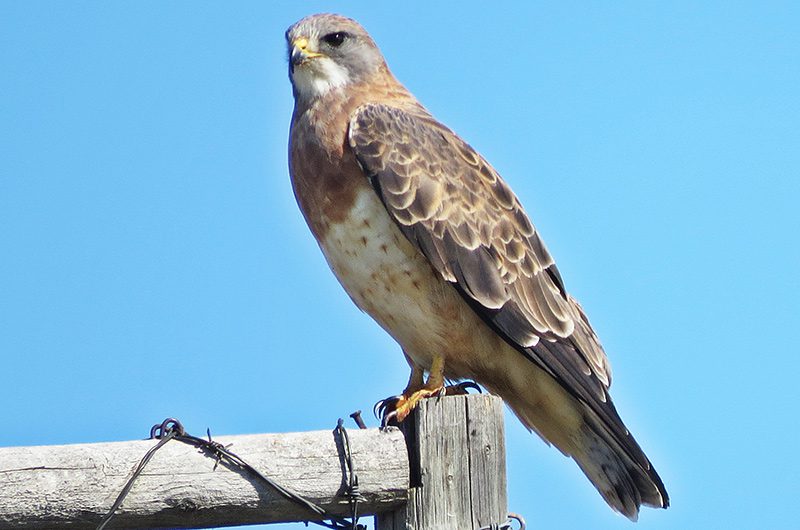LandPKS Learning
Habitat Hub
Factsheets and other helpful resources about the wildlife species living on your land (US only)
Two-spotted skipper
While worldwide the two-spotted skipper is secure, that is not necessarily the case on a local basis. Most states where the butterfly resides consider it fairly rare
Read moreWestern Bluebird
Although western bluebirds form a monogamous pair during the breeding season, many bluebird nests contain young that the resident male did not father. A pair of western bluebirds may also have helpers at the nest, who are thought to be assisting their supposed parents after their nests have failed.
Read moreCommon Nighthawk
Male common nighthawks are known for their dramatic “booming” flight display. When flying above the trees, a male will dive towards the ground and abruptly pull out of the dive, sometimes just above the ground. As he flexes his wings downward, the air rushes across his wingtips, making a booming or whooshing sound. The male may dive to impress a female or scare intruders, such as people.
Read moreAmerican Kestrel
Kestrels hide surplus prey in grass clumps, tree roots, bushes, fence posts, tree limbs, and cavities, to save the food for lean times or to hide it from thieves. In winter in many southern parts of the range, female and males use different habitats. Females use the typical open habitat, and males use areas with more trees. This situation appears to be the result of the females migrating south first and establishing winter territories, leaving males to the more wooded areas.
Read moreDickcissel
Dickcissels gather in large flocks for fall and spring migration, up to thousands of birds. On their winter range, flocks may be as large as millions of birds, and these flocks can inflict substantial damage on agricultural crops in South America.
Read morePoweshiek Skipperling
Poweshiek skipperling butterfly populations have shown a well-documented collapse in less than a decade between 2000 and 2010, with likely extirpation of over 95% of the populations. In 2000, Poweshiek skipperling was known from native prairie remnants in Iowa, Minnesota, North and South Dakota, and Wisconsin and in fens in Michigan. By 2010, it was no longer found in the Dakotas, Minnesota, and Iowa. The original core habitat range for the species was orders of magnitude larger than the current range. The cause of this wide-spread decline is still unknown.
Read moreDakota skipper
Dakota skippers spend most of their life as larvae or caterpillars from approximately late July until the following June or July. After hatching, larvae form shelters of silk at the base of grass plants and construct larger shelters as they grow. Dakota skipper larvae overwinter either in these shelters or in buried shelters.
Read moreTexas Kangaroo Rat
Texas kangaroo rats rarely need to drink water. They’re highly adapted to arid environments where standing water is scarce and get moisture from vegetation. They also have cheek pouches which they use to gather grass seeds and store them in their underground burrows to survive drought.
Read moreLesser Long-nosed Bat
The lesser long-nosed bat pollinates saguaro, cardon, and organ pipe cactus and agave flowers. As the bat feeds on the nectar, the bat’s face and neck fur become covered with pollen. Lesser long-nosed bats also disperse the seeds of the columnar cacti fruits by feeding on them.
Read moreSwainson’s Hawk
A highly gregarious species, the Swainson’s hawk forages and migrates in flocks sometimes numbering in the thousands. Its movement through Central America has been described as among “the most impressive avian gatherings in North America, since the demise of the Passenger Pigeon”. Nearly 350,000 Swainson’s hawks have been counted passing over a single point in Panama City in October and November, and up to 845,000 have been counted in a single autumn in Veracruz, Mexico.
Read more
Mobile App | Data Portal | Knowledge Hub | Habitat Hub | Learning Collections | Blog | About | Contact | Support

